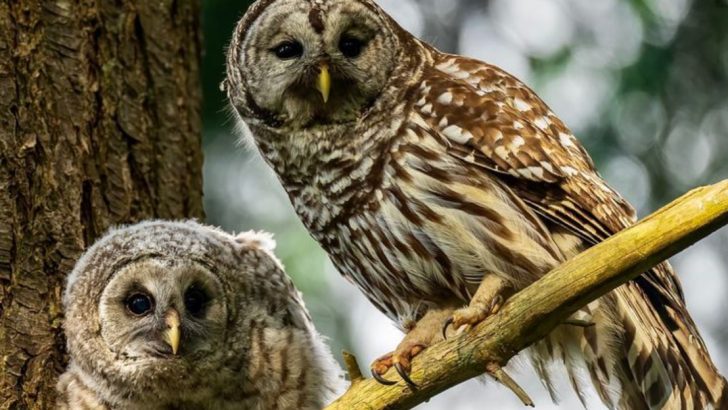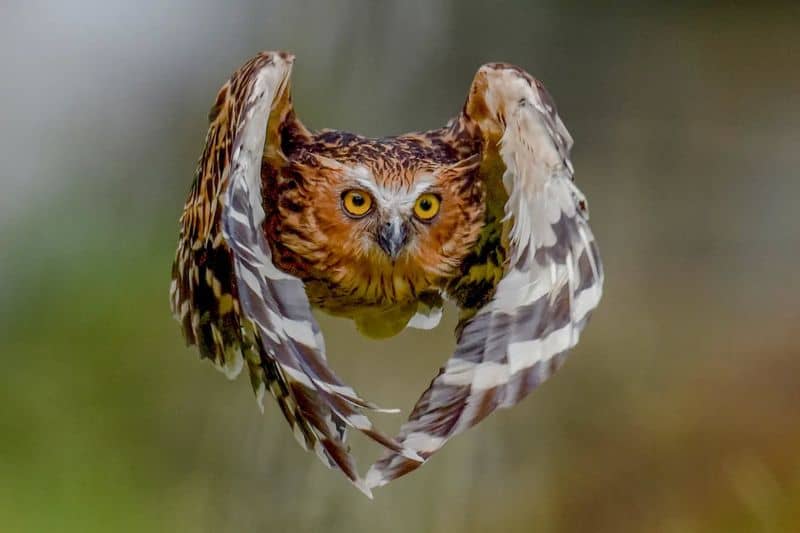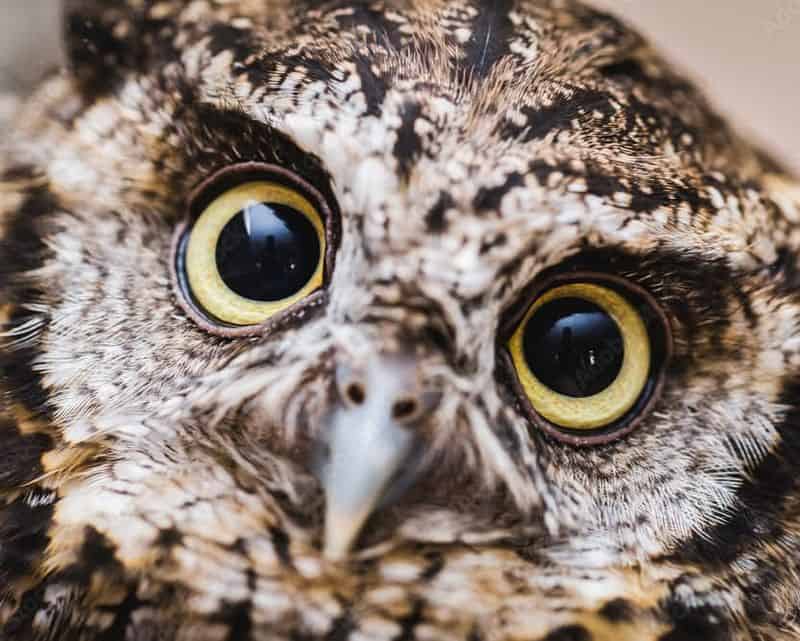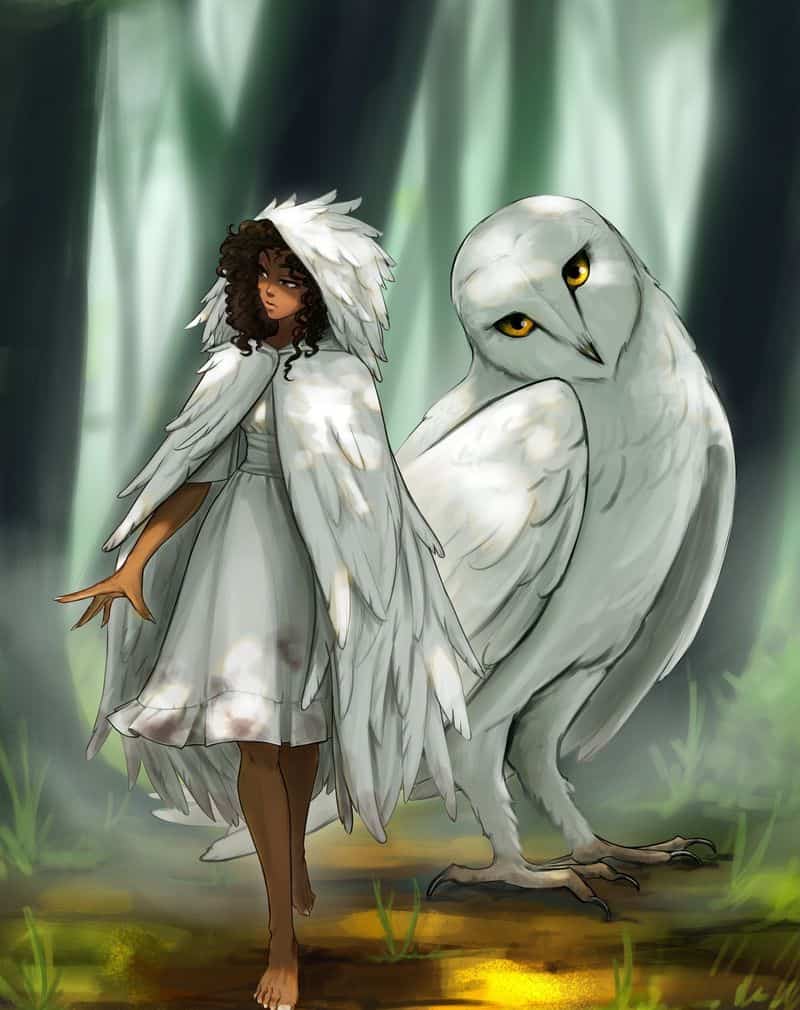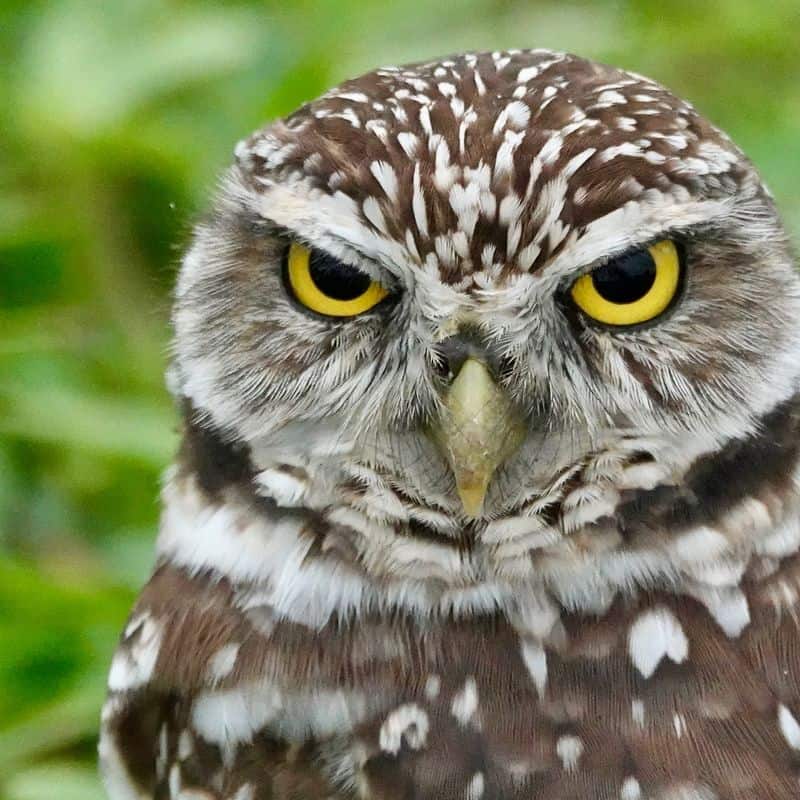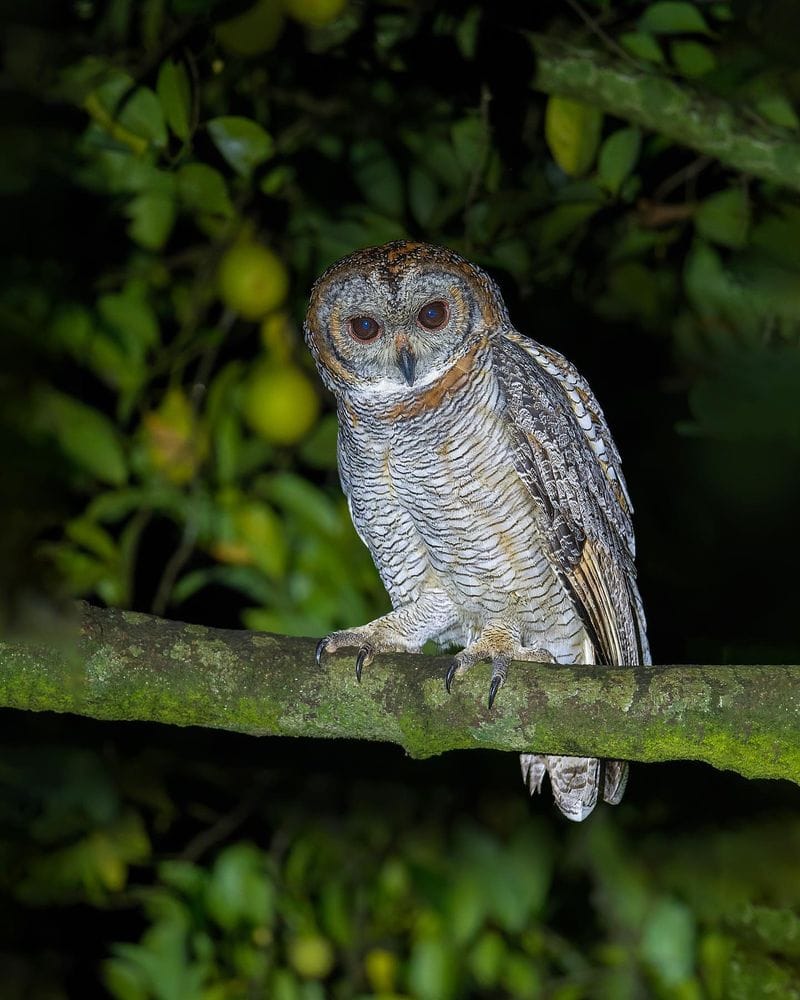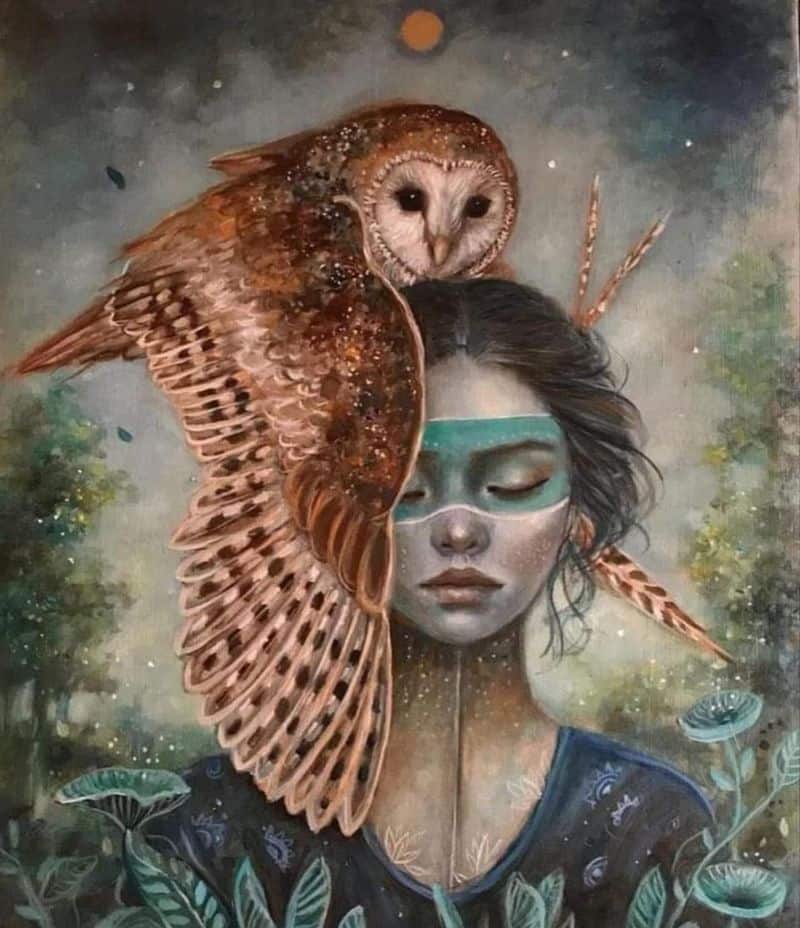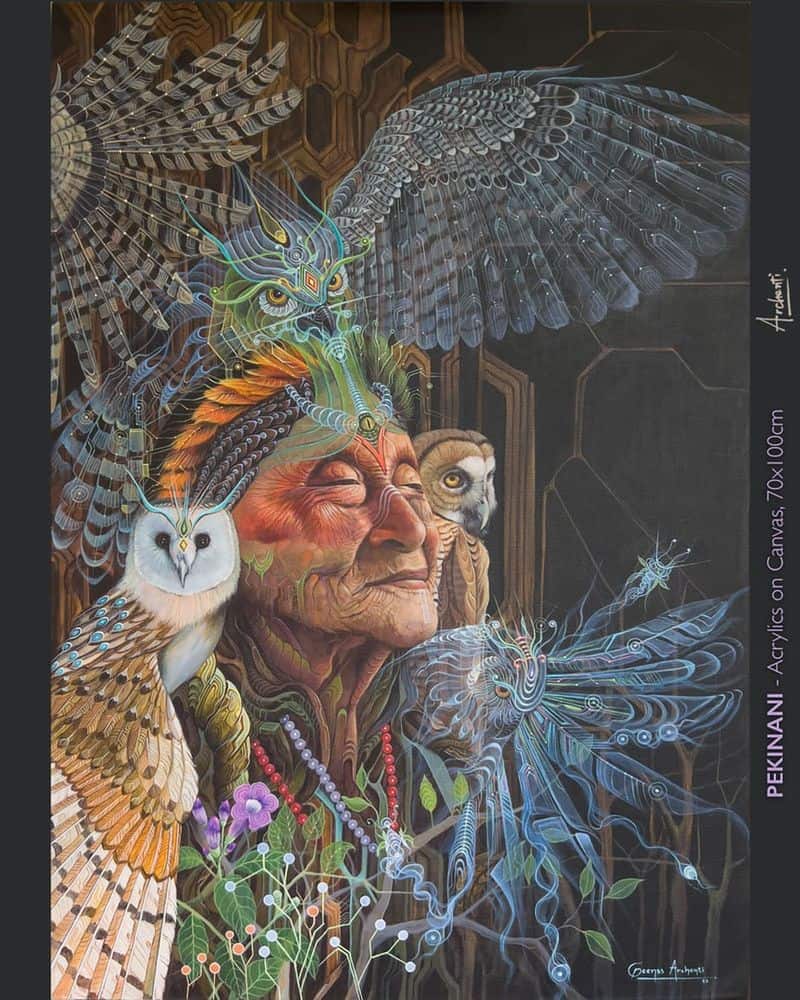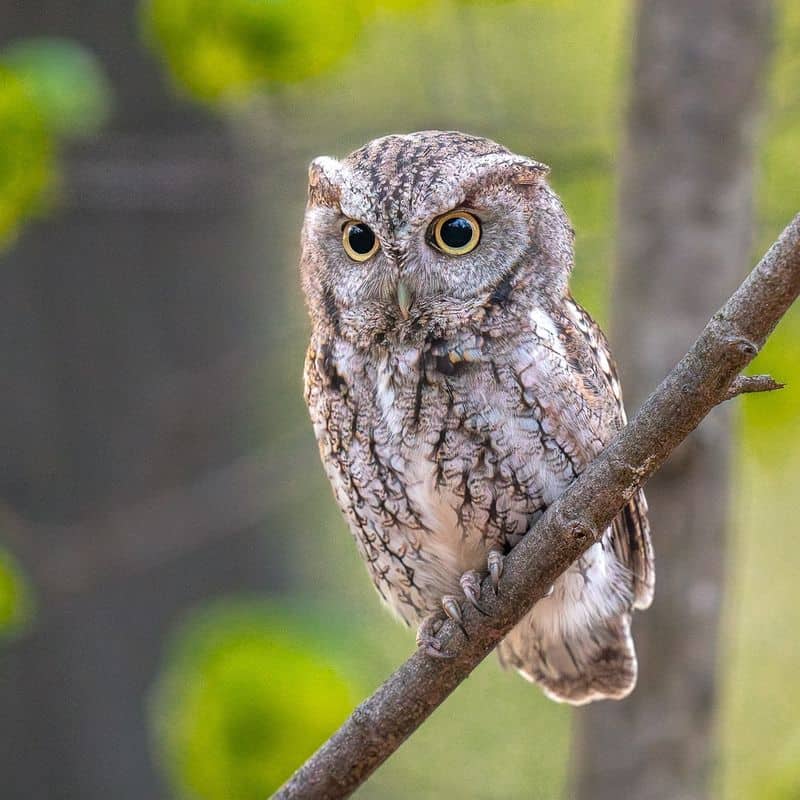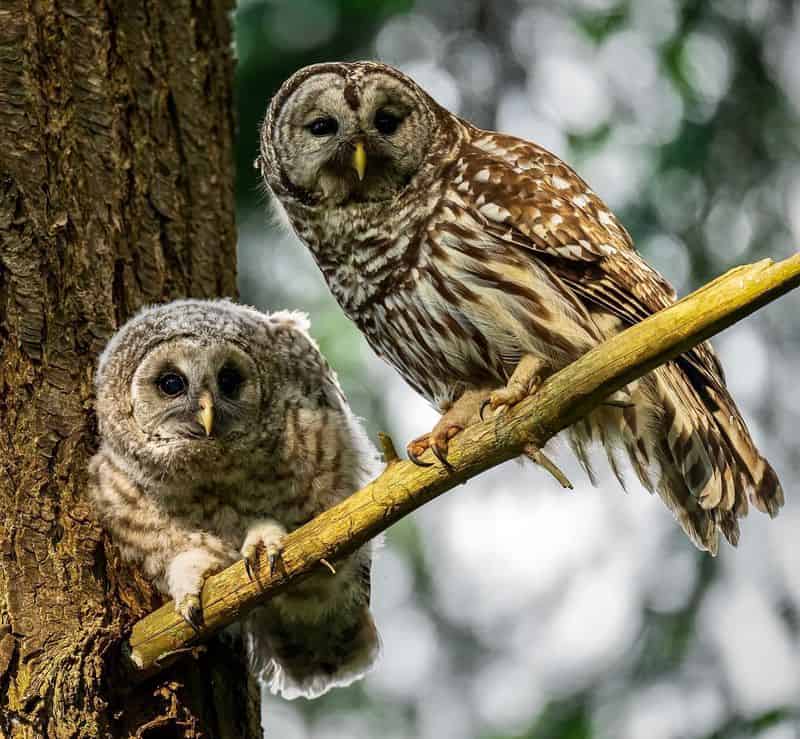Across African and Native American cultures, owls have long been viewed with suspicion and fear. These mysterious nocturnal birds, with their silent flight and haunting calls, have become powerful symbols in traditional belief systems.
While many Western cultures see owls as wise creatures, indigenous perspectives often cast these birds in a much darker light, associating them with death, spirits, and the supernatural realm.
1. Death’s Winged Messengers
The eerie hoot of an owl cutting through the night sends shivers down spines in many African communities. Among Kenya’s Kikuyu people, spotting an owl near your home isn’t just unsettling—it’s a direct warning that death approaches.
These birds are believed to carry messages from the spirit world, announcing when someone’s time has ended. Their silent flight and ability to see in darkness symbolically connects them to the transition between life and death.
Many families will take immediate protective measures if an owl perches near their dwelling, sometimes performing rituals to ward off the impending tragedy the bird supposedly heralds.
2. Witches in Disguise
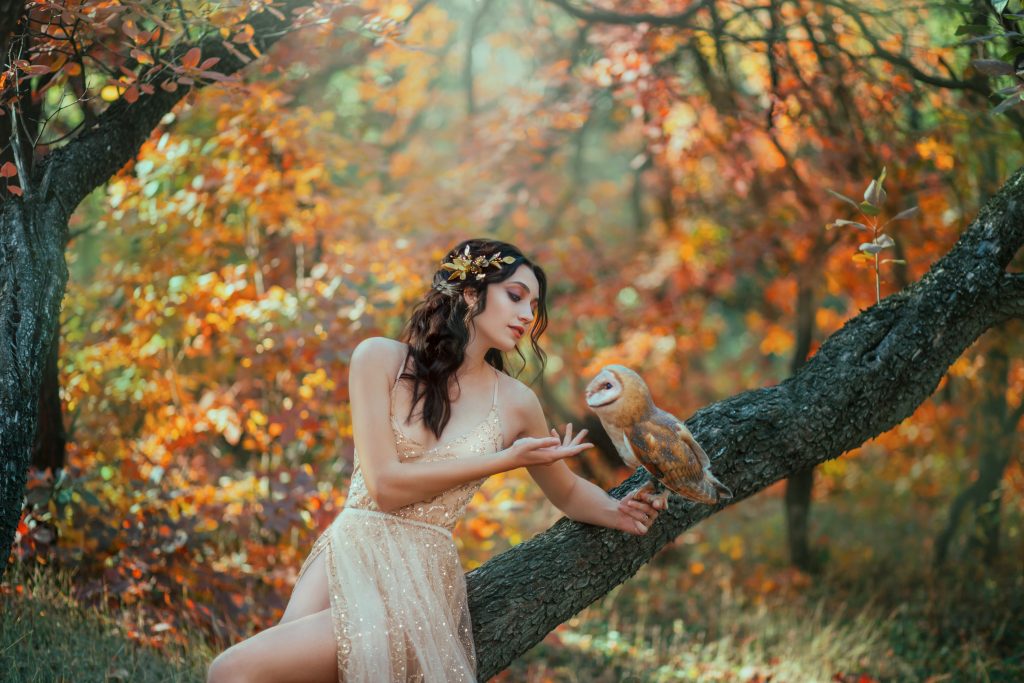
“That’s not just any bird—that’s a witch watching us!” Such warnings echo through villages across parts of Africa where owls are feared as transformed witches.
Their ability to rotate their heads nearly 270 degrees seems unnaturally flexible, fueling suspicions of supernatural origins. Many believe that malevolent practitioners of dark magic shape-shift into these birds to spy on potential victims or deliver curses under cover of darkness.
The owl’s distinctive appearance—large, forward-facing eyes that seem almost human—reinforces this uncanny connection. Some communities have specific owl species they associate most strongly with witchcraft.
3. Spirit World Gatekeepers
Among tribes like the Lakota and Cherokee, owls stand as sentinels between our world and the next. Their calls aren’t merely animal sounds but spiritual communications—warnings or messages from ancestors who have passed on.
When an owl appears repeatedly, many Native Americans interpret this as a sign that the boundary between worlds has thinned. The birds serve as guardians of ancient knowledge and secrets of the afterlife, their presence marking sacred or spiritually charged locations.
This role as intermediaries makes owls both respected and feared, creatures not to be approached casually or without proper spiritual preparation.
4. The Sorcerer’s Spy
A hunter’s story echoes through Cherokee folklore: “I followed tracks all day until an owl appeared. The next morning, the village witch knew exactly where I’d been.”
This tale captures the widespread belief that witches transform into owls to gather information undetected. The owl’s exceptional night vision symbolizes supernatural sight—the ability to unveil secrets hidden in darkness.
Many tribes have strict taboos against sharing sensitive information outdoors after sunset, fearing that owl-witches might be listening from nearby trees. Children are particularly warned against speaking of important matters where owls might hear.
5. Creatures of Forbidden Knowledge
“Knowledge that humans weren’t meant to possess”—this phrase often describes what owls represent in numerous indigenous cultures. Their ability to see clearly in darkness symbolizes access to hidden truths and forbidden wisdom.
Unlike Western interpretations of owls as scholarly symbols, many African and Native American traditions view this knowledge as dangerous—secrets that should remain veiled from human understanding. The owl’s penetrating gaze seems to look through physical appearances into one’s very soul.
Some tribes believe that making eye contact with certain owl species can cause spiritual illness or allow the bird to steal pieces of your spirit.
6. Harbingers of Disaster
When Apache elders hear an owl’s call too close to camp, preparations begin immediately—not for visitors, but for tragedy. Beyond just death, owls warn of broader calamities: failed harvests, approaching enemies, or natural disasters.
The specific pattern of hoots, the direction the owl faces, and the time of night all form a complex language of omens that skilled interpreters can read.
Some tribes believe certain types of misfortune are linked to specific owl species—the screech owl might foretell illness while the great horned owl signals violent conflict. Even today, many indigenous people grow uncomfortable when owl calls sound too near their homes.
7. Soul Guides to the Afterlife
The Ojibwa’s sacred stories speak of Gichi-manidoo, the owl spirit who appears when death approaches. Unlike purely fearful interpretations, this belief holds a complex duality—the owl comes not to cause death but to guide departing souls safely through the darkness of transition.
This escort role makes owls creatures of profound spiritual significance. Their appearance signals that the veil between worlds has thinned, allowing them to fulfill their duty as psychopomps—beings who shepherd souls between life and afterlife.
Families of the dying might hear owl calls growing louder as their loved one approaches final transition.
8. Embodiments of Ancestral Spirits
“Grandfather has returned to check on us,” whispers a grandmother to her frightened grandchildren when an owl perches near their home. In many Native American traditions, owls represent more than omens—they are physical manifestations of ancestors returning to the physical world.
This belief creates a complicated relationship with these birds. While feared, they’re also treated with deep reverence as potential vessels for family spirits. Some tribes perform special rituals if an owl shows unusual interest in a specific family member.
The person might be receiving a message or warning from their lineage that requires immediate attention.
9. Thieves of Children’s Souls
Mothers in certain African tribes rush to cover their babies’ faces when owl shadows pass overhead. A particularly chilling belief holds that owls can steal the souls or life essence of young children, who haven’t yet developed spiritual protection.
The birds’ large eyes are said to hypnotize or entrance children, making them vulnerable to spiritual theft. This belief has spawned numerous protective practices—from special amulets worn by children to songs and charms designed to ward off the birds.
Some communities maintain that an owl showing interest in a specific child indicates that child possesses special spiritual gifts that the owl seeks to claim.
10. Bearers of Generational Curses
Family legends whisper of ancient wrongs and the owls that follow bloodlines for generations. In several cultures spanning both continents, owls are believed to enforce supernatural justice, tracking descendants of those who violated sacred taboos or committed serious transgressions.
The persistence of owl encounters within certain families is interpreted as evidence of unresolved spiritual debts. Elders might consult spiritual authorities to identify what ancestral action triggered the owl’s attention and what remedies might release the family from this supernatural surveillance.
Specific offering ceremonies sometimes aim to appease the spirits represented by these persistent avian visitors.

